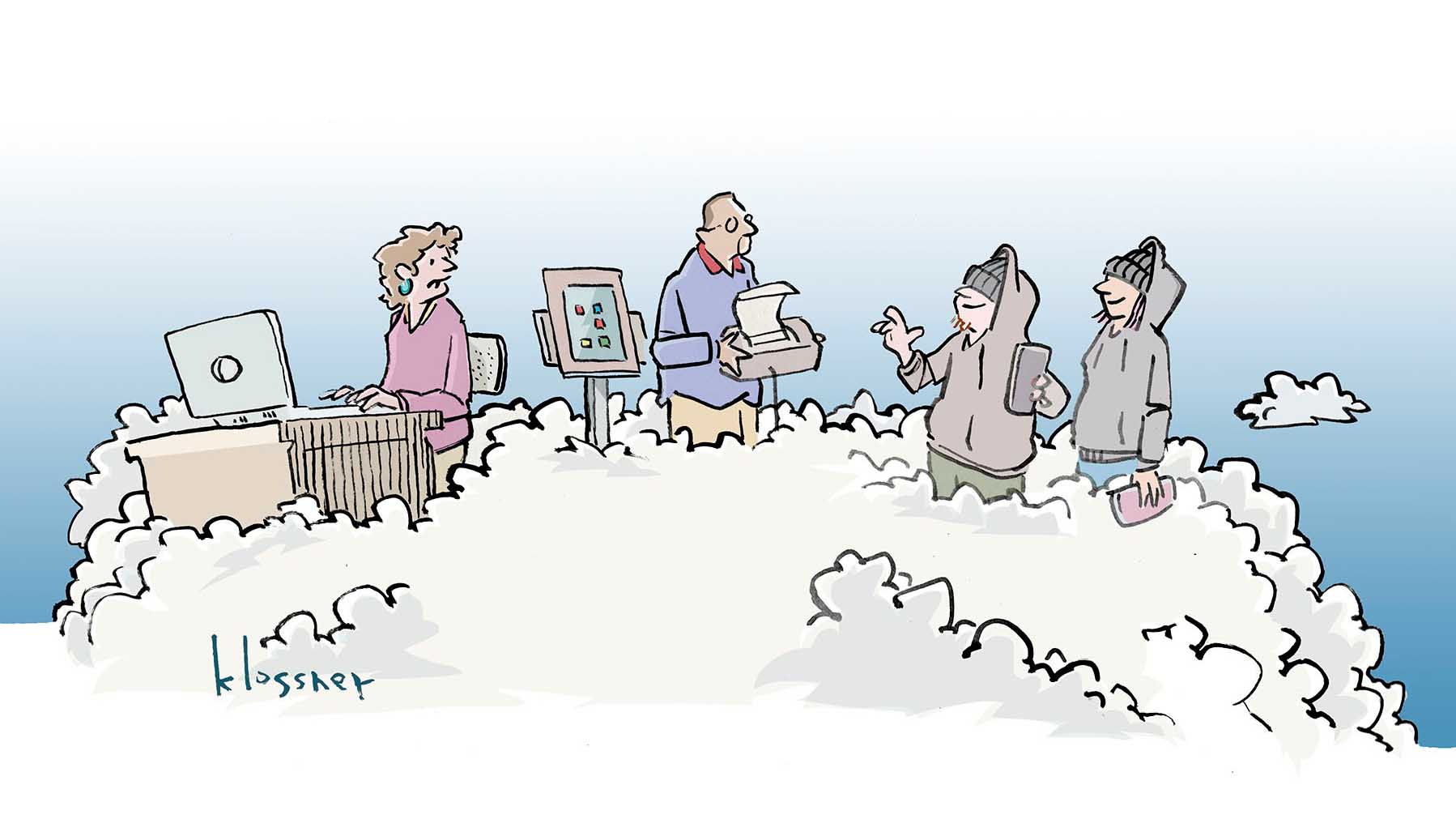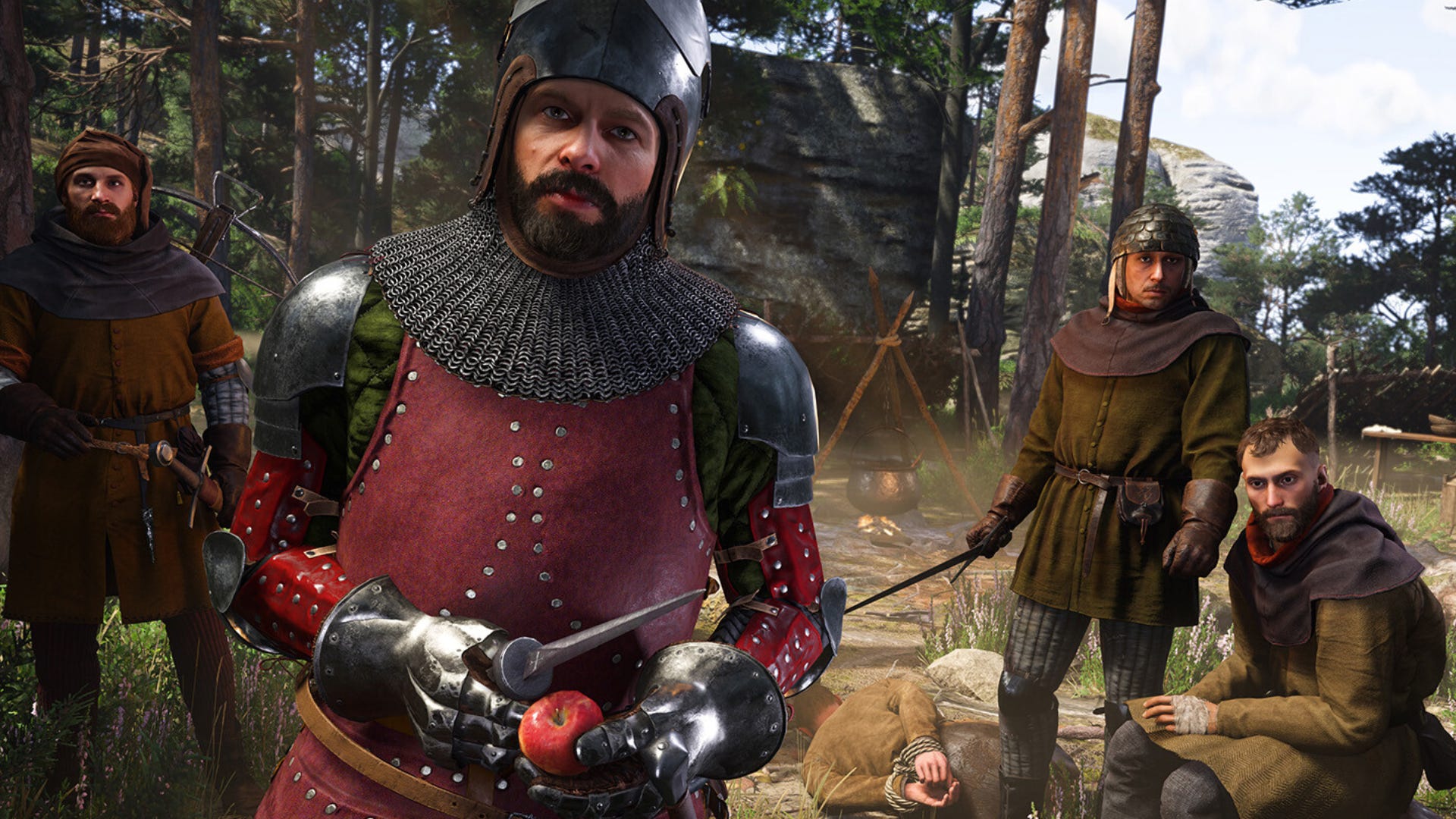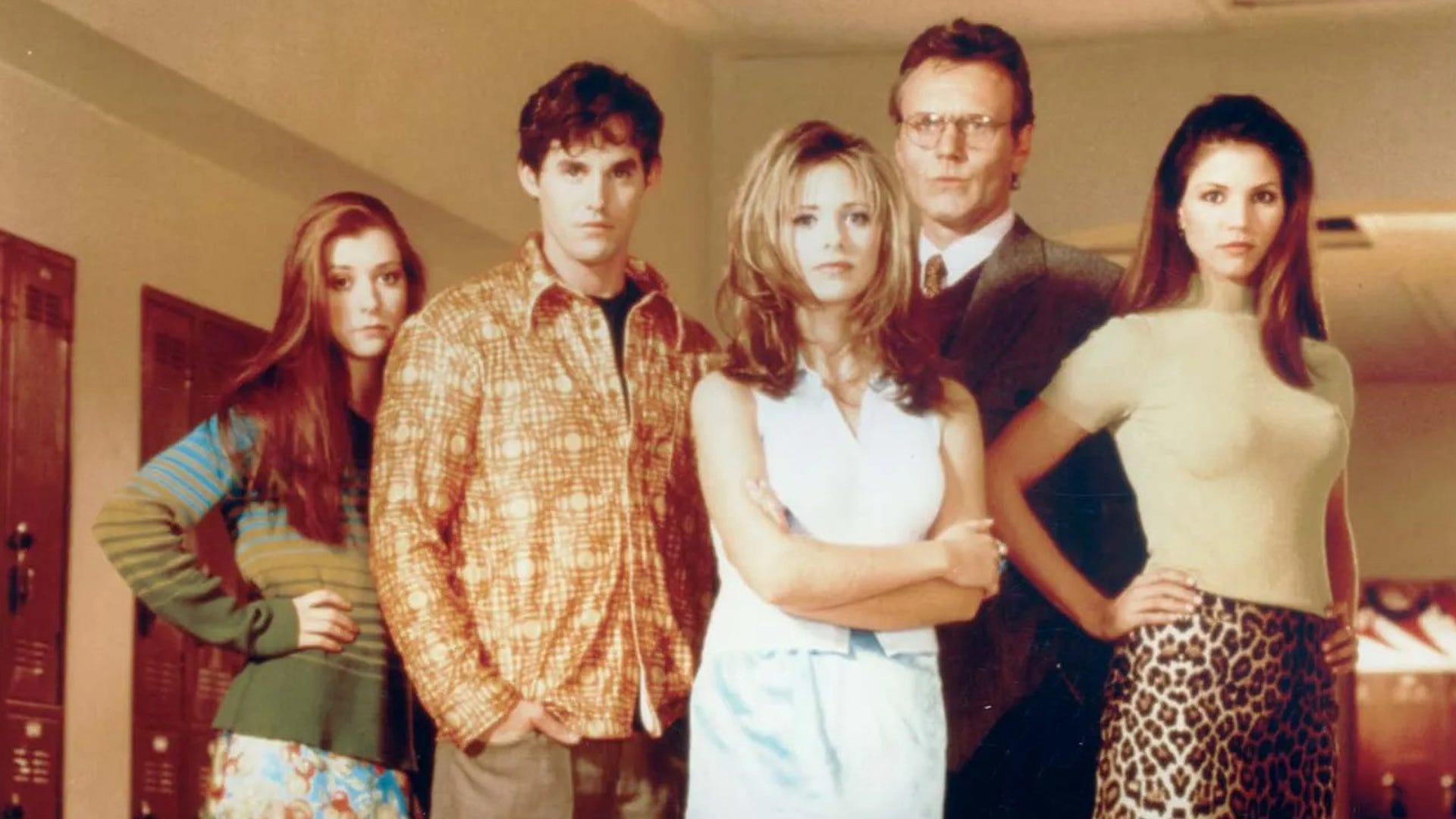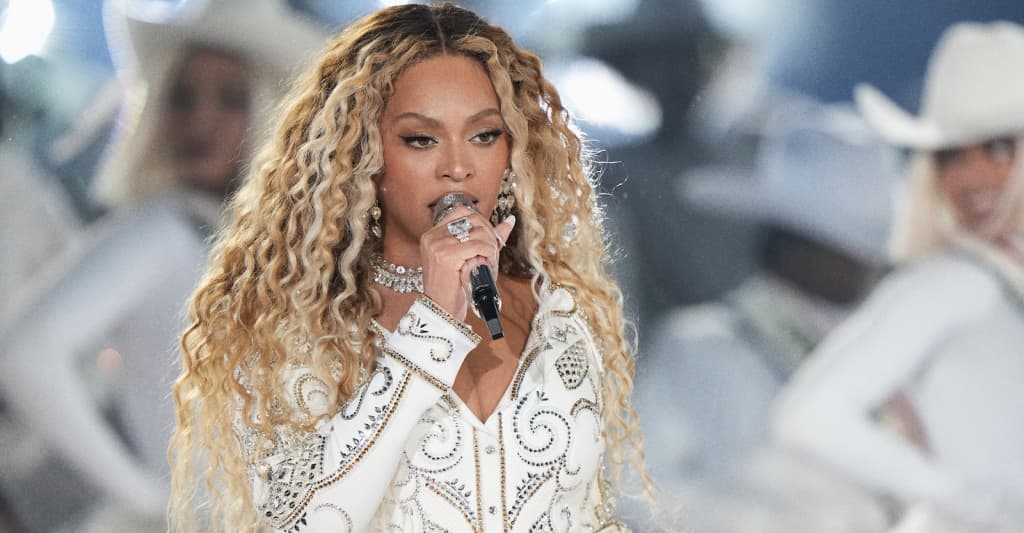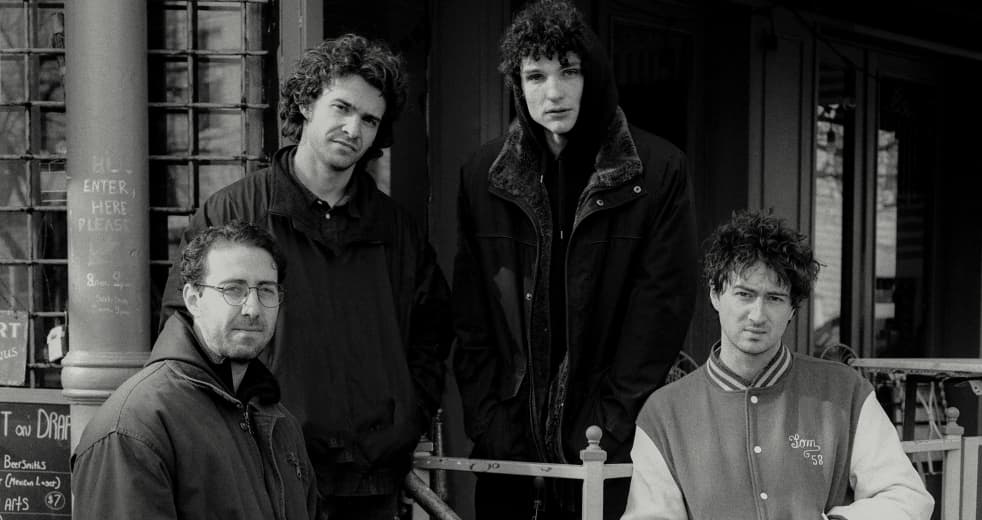Three Tools to Help Teach About Black Historical Figures in a Modern Light
Author and educator Dawnavyn James' highlights three strategies for teaching Black history in elementary schools year-round.
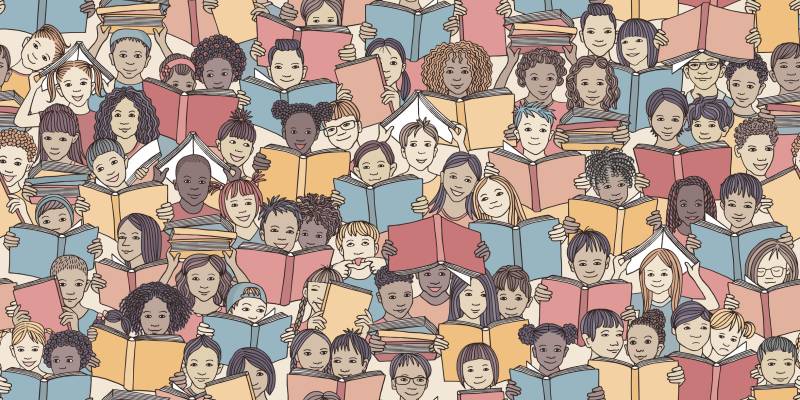
Dawnavyn James, an elementary school educator who specializes in Black history, reached a turning point in her teaching when a student asked, “Did people see in black and white a long time ago?” The question came from the student who observed that historical figures from the Civil Rights Movement were only shown in black-and-white photos. This moment made James realize that many young students may see historical figures as distant and unrelatable rather than vibrant, real people.
James, author of “Beyond February: Teaching Black History Any Day, Every Day, and All Year Long,” believes it’s crucial for students to engage with Black history beyond the surface level. She and other educators have been working to make Black history more engaging and relevant through various methods, including using primary sources and even dressing as notable Black figures.
“It’s really important that children engage with Black history year-round,” James said at the 2024 Teaching Black History Conference. One of her key practices for making historical figures more relatable to elementary students is to use color photographs when possible, helping them connect with figures like Rosa Parks and Martin Luther King Jr. as real people, not just figures from the past.
James offers three essential strategies for teaching about Black history and historical figures.
1. Teach about whole people
Historical figures are often reduced to single events. For instance, most students know Rosa Parks for her role in the Montgomery Bus Boycott. While James covers this, she also shares photos of Parks in more mundane moments like wearing a pink dress at her birthday party. In addition to discussing Parks in her role as an activist, she brings up information outside of the usual, including talking about Parks when she was a kid so students are better able to see her as a complete person.
James makes sure to show historical figures alongside others to “expand the narrative.” Adding that, “Sometimes with children, especially kindergartners, they kind of have this disconnect, thinking that people live in their own moment in time.” For example, she shares images of Rosa Parks with Mamie Till-Mobley, activist and mother of Emmett Till. This approach helps students understand that these figures didn’t live in isolation; they were part of broader, interconnected historical movements.
2. Expand Beyond Your Curriculum
When James taught in Missouri, the only Black person mentioned in the standards was Martin Luther King Jr. This often led teachers to believe they couldn’t go beyond the required curriculum. However, James introduced lesser known figures into her classroom and encouraged educators to do the same.
One book that James recommended to help teachers expand beyond the people they usually include in their curriculum is “ABCs of Black History“ by Rio Cortez, which includes multiple examples of Black historical figures across a variety of topics. “This is my ultimate favorite Black history text. If you are a teacher and you ask me what picture book to start with, I’m going to tell you this one,” said James. For example, while George Washington Carver is well-known, the book also introduces other Black scientists like Charles Henry Turner, who studied spiders and bees and is rarely discussed in classrooms.
James advocates for creating “powerful people sets,” which groups three or more figures who share a common theme. For instance, when teaching about science, a set might include George Washington Carver, NASA astronaut Mae Jemison and zoologist Charles Henry Turner. This strategy pushes teachers to explore new figures. Picture books about historical figures like “Buzzing with Questions: The Inquisitive Mind of Charles Henry Turner“ by Janice N. Harrington can bring their stories to life.
3. Teach the Truth
James learned a different narrative about the Black Panthers in school than what her uncle, who had firsthand experience, shared with her. While her textbooks portrayed them as militant, her uncle emphasized their community contributions. This taught James the importance of teaching the full truth and “not letting a false narrative or single narrative enter into our classrooms,” she said.
To teach about the Black Panthers, she uses “Recipes of Change“ by Michael Platt, which features 12 dishes inspired by Black history, including the Black Panthers’ grits recipe. The book also highlights the Panthers’ community work. James introduces students to Black Panther party members like Angela Davis and Ericka Huggins, who are still alive and active today.
Similarly, when students learn about the American west they may only see white cowboys. In reality, 1 in 4 cowboys were Black. James said introducing a people set with cowboys such as famous rodeo-riding cowboys George Fletcher and Bill Pickett as well as Mary Fields (also known as Stagecoach Mary), the first Black woman to be a star route postwoman, could combat erasure in history.
James encourages teachers not to reinvent the wheel but to build on existing practices. Educators can start by thinking about historical figures they already teach and finding others with similar contributions or interests. Teachers are likely to uncover surprising information that engages students and energizes them around Black History topics all year long.























